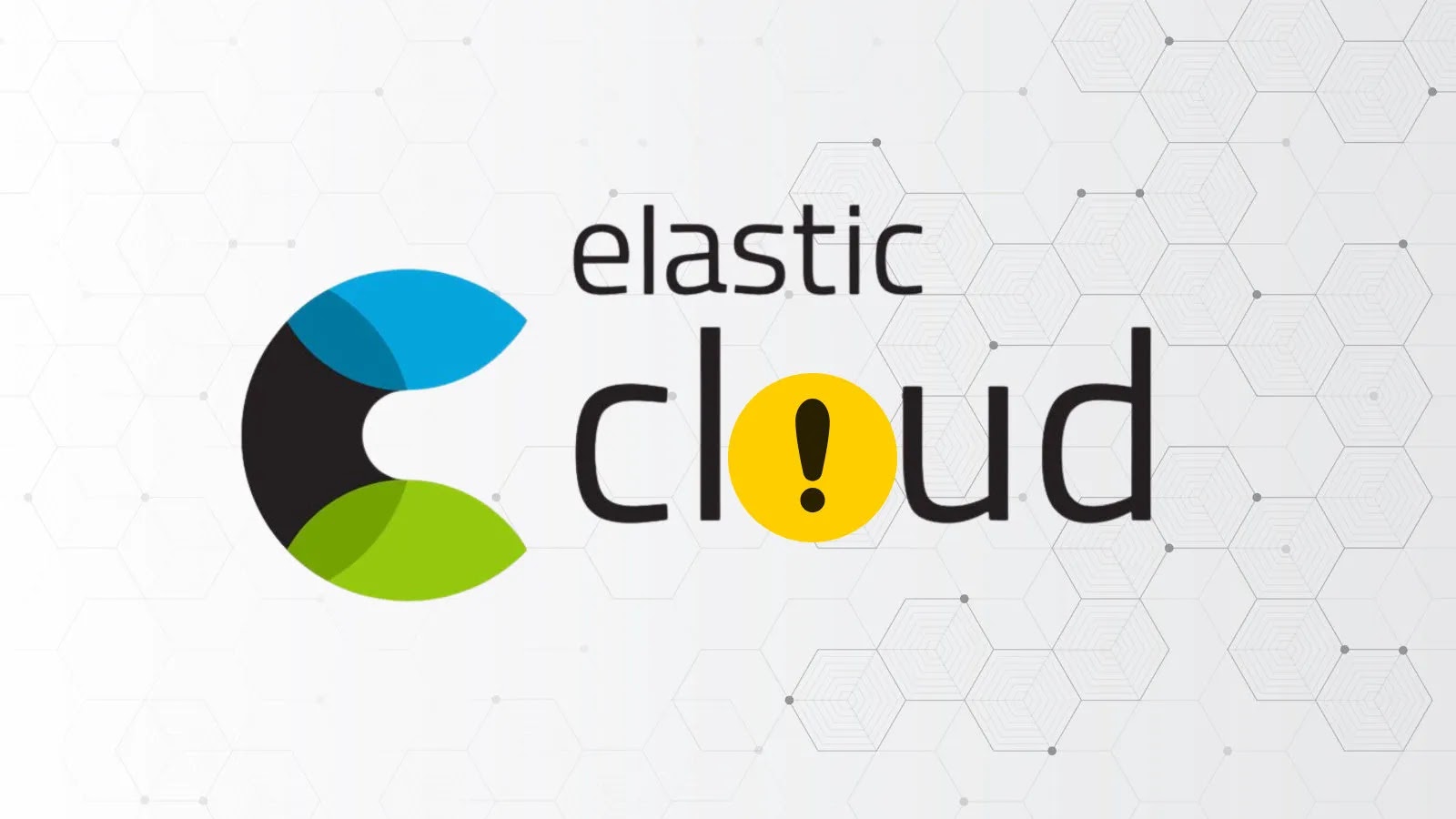Elastic has recently disclosed a critical security vulnerability in its Elastic Cloud Enterprise (ECE) platform, identified as CVE-2025-37729. This flaw enables administrators with malicious intent to execute arbitrary commands and exfiltrate sensitive data, posing significant risks to enterprise environments.
Understanding the Vulnerability
The root cause of this vulnerability lies in the improper neutralization of special elements within the Jinjava template engine used by ECE. When deployment plans are processed in the ECE admin console, specially crafted strings containing Jinjava variables can be evaluated. This evaluation allows attackers with administrative privileges to inject malicious payloads into these plans, leading to unauthorized code execution. The results of such executions can be accessed through ingested logs, facilitating data theft or further system compromise.
Affected Versions
The vulnerability impacts the following versions of Elastic Cloud Enterprise:
– Versions from 2.5.0 up to and including 3.8.1
– Versions 4.0.0 through 4.0.1
Organizations utilizing these versions are at heightened risk, especially those leveraging ECE for scalable cloud management in logging and metrics workloads.
Severity and Impact
CVE-2025-37729 has been assigned a CVSS v3.1 score of 9.1, indicating its critical nature. The vulnerability is characterized by:
– Attack Vector: Network
– Attack Complexity: Low
– Privileges Required: High
– User Interaction: None
– Scope: Changed
– Confidentiality Impact: High
– Integrity Impact: High
– Availability Impact: High
This scoring reflects the vulnerability’s potential to compromise confidentiality, integrity, and availability within affected systems.
Exploitation Details
Exploitation of this vulnerability requires:
1. Admin Console Access: The attacker must have access to the ECE admin console.
2. Logging+Metrics Feature Enabled: The targeted deployment must have the Logging+Metrics feature enabled.
While these prerequisites limit the threat vector to privileged users, the impact is significantly amplified in shared or multi-tenant environments. Successful exploitation allows attackers to:
– Execute arbitrary commands on the system.
– Exfiltrate sensitive data.
– Potentially achieve full system compromise.
Mitigation Measures
Elastic strongly recommends immediate action to address this vulnerability:
1. Upgrade to Patched Versions: Organizations should upgrade to ECE versions 3.8.2 or 4.0.2, which contain fixes for this issue.
2. Restrict Admin Console Access: Implement strict role-based access controls to limit admin console access to trusted personnel only.
3. Monitor for Suspicious Activity: Regularly review request logs for indicators of compromise. Elastic suggests scanning logs with the query:
“`
(payload.name : int3rpr3t3r OR payload.name : forPath)
“`
This can help identify suspicious activities indicative of attempted exploitation.
No Known Exploits in the Wild
As of the latest reports, there are no known public exploits for this vulnerability. However, the critical nature of the flaw necessitates proactive measures to prevent potential exploitation.
Conclusion
The disclosure of CVE-2025-37729 underscores the importance of vigilant security practices, especially concerning administrative access and template engine evaluations. Organizations using affected versions of Elastic Cloud Enterprise should prioritize upgrading to the patched versions and implement the recommended mitigation strategies to safeguard their systems against potential threats.



